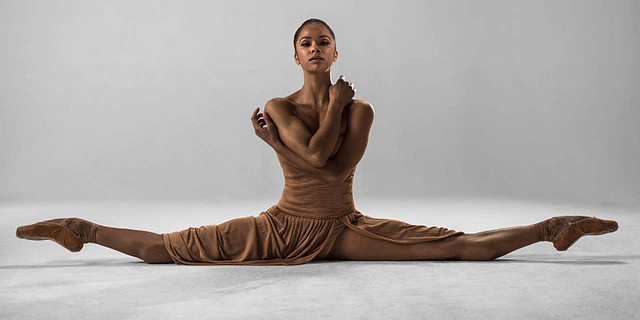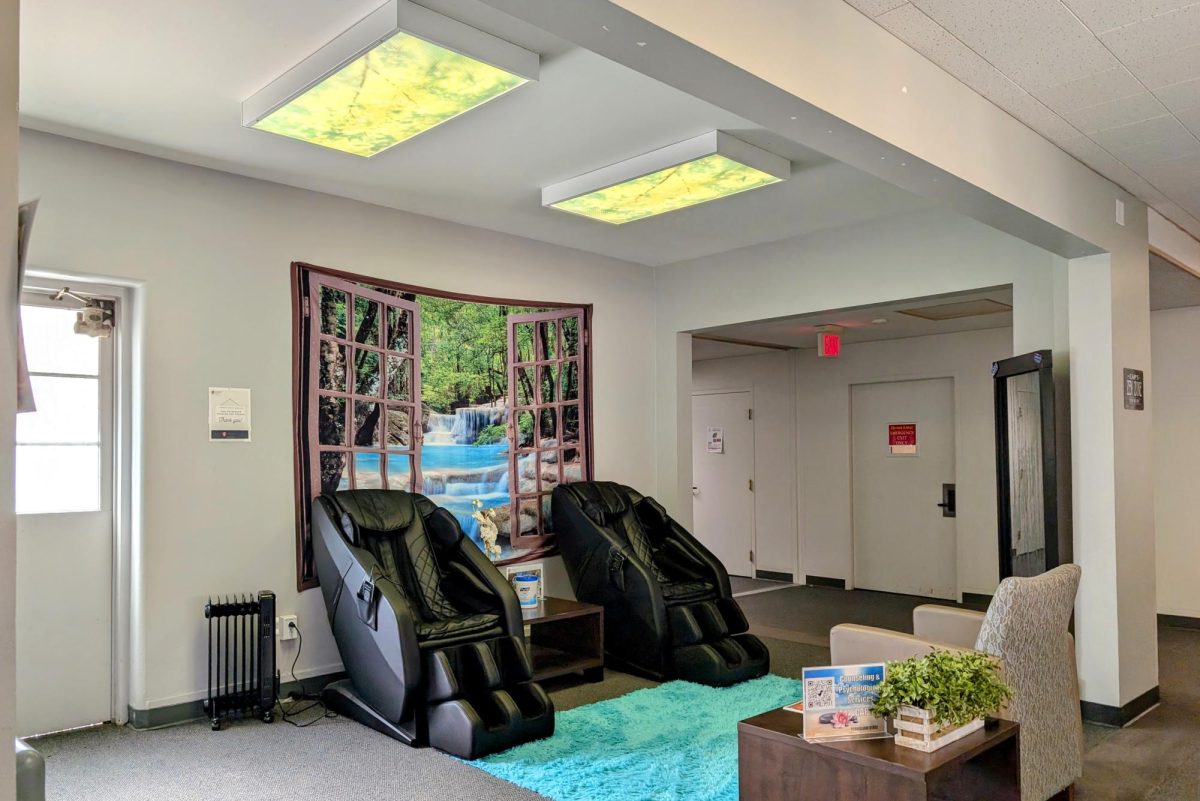Ballet and inclusivity have never been synonymous. Classical ballet has pushed Eurocentric ideals through music, themes and casting. So much so that people of color make a significant minority, an anomaly if you will, compared to their colleagues. Discrimination and intolerance continue to reign supreme in an art form where the audience continues to be a sea of white.
Freed of London, a world-renowned ballet shoe maker, and Ballet Black, “a professional ballet company for international dancers of Black and Asian descent,” have recently released new colors to their core collection of handmade pointe shoes. The shades include ‘Ballet Bronze’ and ‘Ballet Brown.’
“This wouldn’t of been achievable without the help of everyone involved, especially ‘Ballet Black,’ whom we collaborated with to create these beautiful new colours,” said Freed of London.
Ballet has been around since the Italian Renaissance, yet in 2018 we are barely addressing the issue — even while we have Prima Ballerinas of color who have captivated audiences, like Misty Copeland. “The Nutcracker and the Four Realms” star became the second African-American soloist in the American Ballet Theater’s 75-year history. Even at the height of her career, she could not walk into any dance retailer and purchase a pair of pointe shoes her shade, until now. This is particularly impactful, in an industry where people of color make up a significantly narrow minority.
As a ballet student, I could easily purchase pointe shoes at my local dance stores without having to worry about them matching my skin tone. I’m freakishly pale and the traditional pink satin shoes always matched me. For my fellow dancers who were any other skin tone than light pink, there was no other option than having to take the extra step to dye your shoes.
Dancers have relied on pancaking, a technique where you color your shoes with foundation and powder. Satin dyes have been heavily relied on as well. I’ve even seen girls take felt tip markers to quickly dye their shoes before class. The longevity and strength of the already expensive shoe is compromised when you dye the satin. Unfortunately, this is a reality in the dance world that nobody seemed to address, until now.
In a competitive industry where it is already hard to feel included as is, how can you feel accepted if you can’t even purchase shoes that match you? If you have to take the extra step that maybe no one else in your class has to? Why has it taken so long for two, only two, colors to be an option?
Ballet Black’s senior dancer Cira Robinson described how, “Having a shoe made to fit my skin tone is an absolute dream that I never thought would come true. Pancaking has been the way of the dance world for years and to think that colouring my shoes and ribbons to match my skin (since we don’t wear ballet tights) gives me a different sense of liberation that I can’t quite put into words. I am very pleased, to say the least.”
Two shades are not enough to represent the population of dancers of color. This is a very small step towards inclusivity in the dance world. We need people of color as choreographers, musicians, costume makers and so forth. By accurately representing all skin tones, not only would we be inclusive, but it would inspire future dancers who may have never felt like they belonged.










